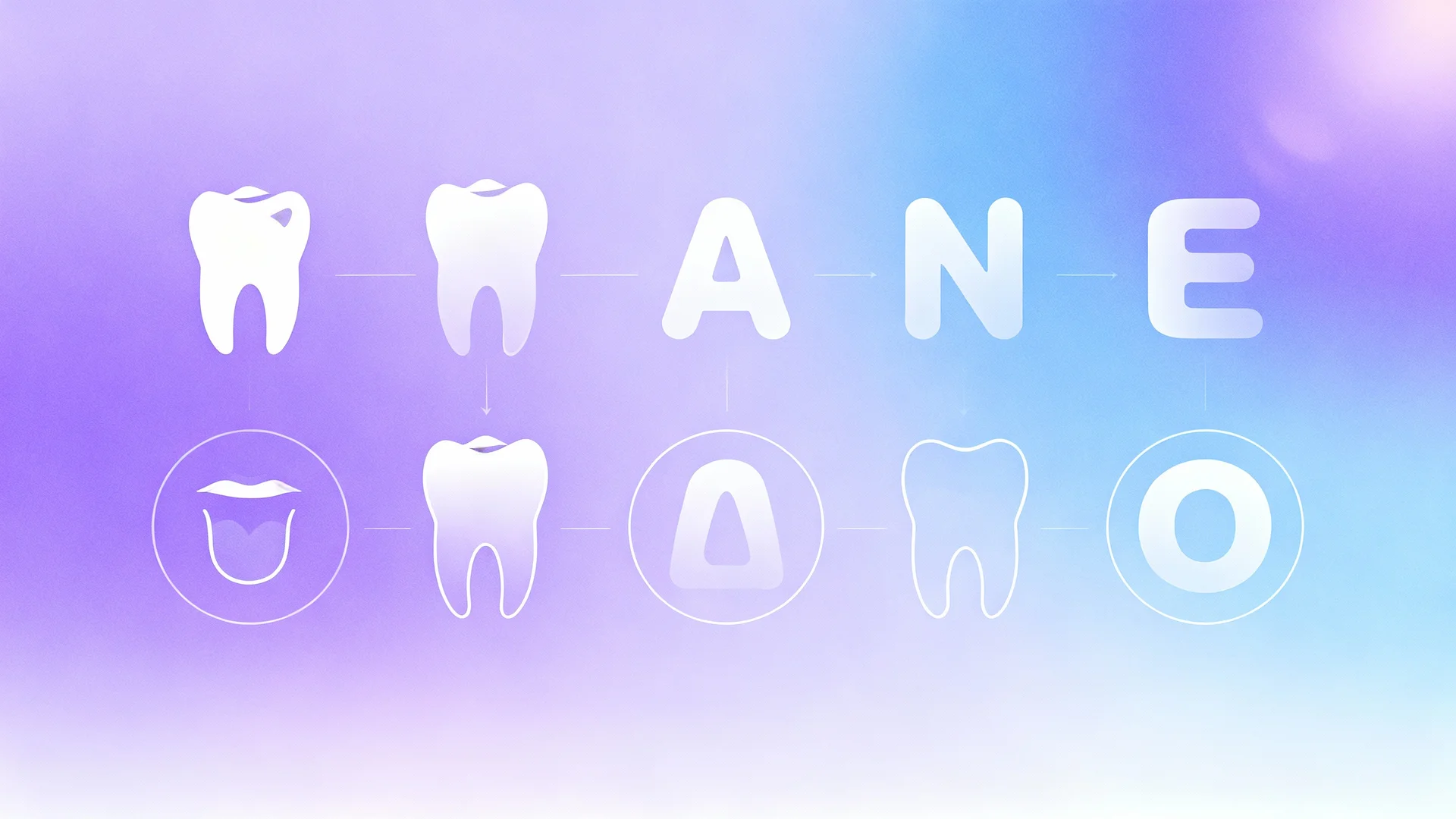
Loading...
Checking authentication...
Practice your pronunciation with interactive games and challenges.
Start PlayingLet's start our journey by exploring the roots of 'Threw'. This word finds its origin in the Old English word þræwan, which means to twist or turn. Interestingly, this origin gives us a glimpse into how language evolves over time, reflecting changes in society and technology. The evolution from twisting to throwing mirrors the transition from manual labor to a more action-oriented society.
Words evolve; they adapt to the needs of the speakers and the contexts in which they are used. By the Middle English period, 'Threw' had taken on a meaning closer to what we understand today-to propel something through the air with force. This transformation highlights the dynamic nature of language and how historical contexts shape modern usage.
Beyond its practical application, 'Threw' has been a significant player in the realm of literature. Consider how many pivotal moments in stories involve the act of throwing-whether it’s a character casting a stone in a pivotal scene or a symbolic act that signifies change. The word 'Threw' becomes a vehicle for narrative tension, a catalyst for plot development.
For example, in J.R.R. Tolkien's "The Lord of the Rings," the act of throwing the One Ring into Mount Doom is the culmination of a grand journey, a pivotal moment that encapsulates the themes of power, sacrifice, and redemption. Here, 'Threw' is not just a verb; it is an action loaded with thematic significance.
In contemporary English, 'Threw' is deceptively simple yet versatile. It finds its way into various contexts, from casual conversations to professional settings. Understanding its usage can enhance your fluency and precision in communication.
Each example showcases 'Threw' in a different light, emphasizing its adaptability and relevance in modern language.
For language enthusiasts and professionals, 'Threw' offers a canvas for creativity. Writers and speakers can use it to add dynamism to their narratives or arguments. By understanding its nuances, you can craft more engaging and vivid descriptions.
Consider this: How can you use 'Threw' to transform a mundane sentence into a vivid image or a compelling argument? By experimenting with its placement and context, you can elevate your language skills and captivate your audience.
Research into language usage shows that verbs like 'Threw' play a critical role in sentence structure and meaning. Linguists have long studied how action words contribute to the dynamism of language, making communication more effective and impactful.
"Verbs are the engine of a sentence, driving the action and providing context. Understanding their nuances allows speakers to convey precise meanings and engage their audience effectively." - Dr. Emily Larson, Linguist and Language Expert
This insight underlines the importance of mastering verbs like 'Threw' to enhance language proficiency and communication skills.
As you reflect on the journey of 'Threw', consider these questions:
These questions invite you to explore the word's potential beyond its surface-level meaning, encouraging a deeper engagement with language.
In conclusion, 'Threw' is more than just a verb; it is a testament to the evolution and richness of the English language. From its historical roots to its modern versatility, it offers a window into the dynamic nature of words and their power to convey action, emotion, and significance. By embracing its nuances, you can elevate your language skills, making your communication more precise and impactful.
For a deeper understanding of pronunciation, explore our comprehensive pronunciation guide and watch our video guide for helpful tips. Let 'Threw' inspire you to delve deeper into the wonderful world of words and their meanings.